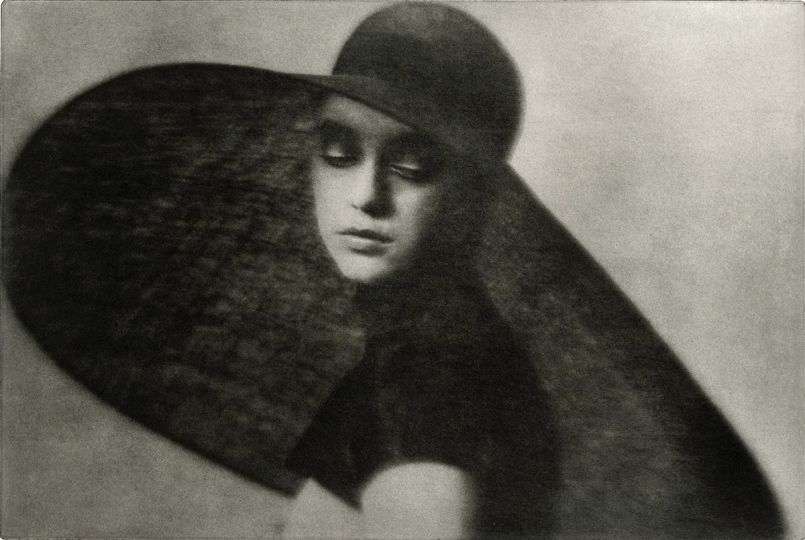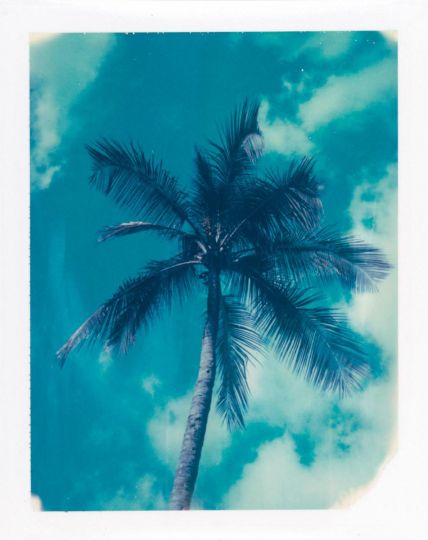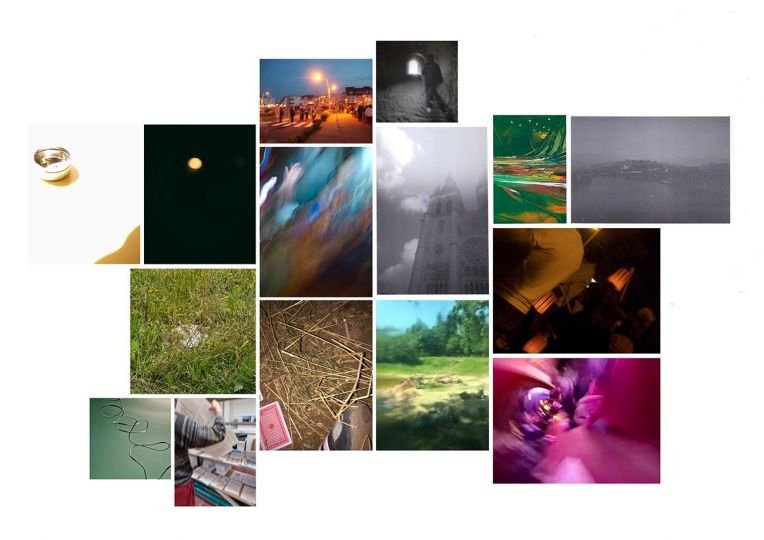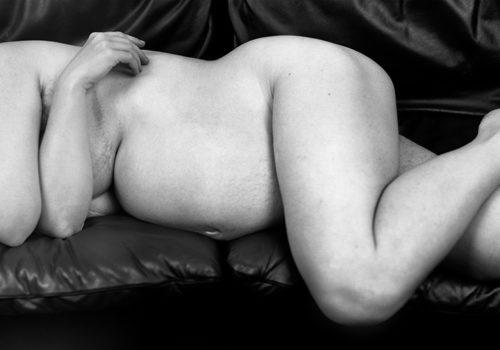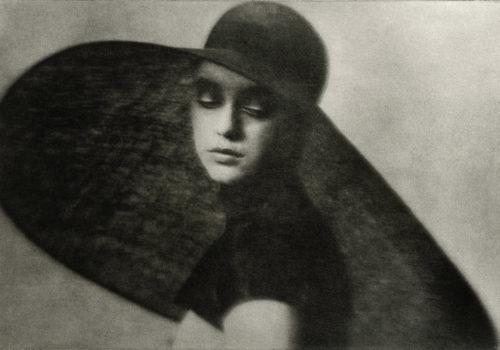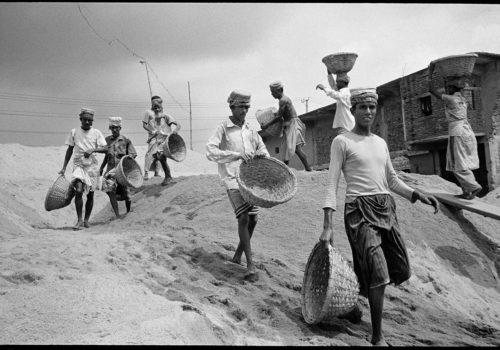Since it went online in May 2009, James Estrin is the coeditor of Lens, The New York Times‘s photography blog, along with David Gonzalez. He also teaches at the City University of New York Graduate School of Journalism.
He started at The Times in 1987 as a photographer and was part of the team that won a Pulitzer Prize in 2001 for the series “How Race is Lived in America.” In 2004, he was the first journalist to photograph an assisted suicide in Oregon, an event which he documented through articles, photographs and an audio slide show. Internationally, he has covered the Israeli-Palestinian conflict several times. Since he has been in charge of Lens, James Estrin has dedicated his time to help photographers show and publish their work, give some exposure or opportunities to talented people who try to make a living from photography. In three years, Lens has become a reference in the observation of new bodies of work, coverage of exhibitions and books, publishing selections of news images. A few weeks ago, James Estrin came with the idea of a weekend of free portfolio reviews and announced it on Lens. The photographic community instantly responded favorably to this initiative, adding some new angles to James Estrin’s various activities. Le Journal spoke to him about the genesis of this project.
How did you have the idea of a weekend of free portfolio reviews?
James Estrin: I wanted to provide opportunities for photographers to stimulate their work or careers. And I wanted to do it for free. Often, it costs a lot of money. Some of the portfolio reviews that charge money are actually really good. For example: the Santa Fe review or the Lens Culture review in Paris. I thought it would be a shame if there are talented photographers who don’t get a chance to get ahead because they don’t have that money. As a young photographer, I remember keenly what it was like to try to get work or even to show your work. And emails didn’t exist; you had to see people. Again, I wouldn’t have any interest in doing this if it wasn’t for free. When you say it was my idea, I have to say it was our idea: David Gonzales and Michelle McNally had also an important role in the project.
What is the best that could happen to the photographers who were present on Saturday or Sunday?
JE: I don’t really know. My experience, just as publishing people’s work on LENS, is that some of these men and women’s lifes were changed by that. I think there will be a few people, hopefully about 10, whose careers would be changed by this event. And it was also a good way to build relationships. I’m sure these photographers won’t find a space to exhibit this week but maybe in five years.
Do you think the reviewers took it seriously?
JE: That was an obligation. I’m sure most of reviewers took it seriously. Of course, not everyone is a great reviewer but at least you have to care. There’s no money involved here, everyone who participated wanted to help.
How did you make the pre selection?
JE: The quality of the work was really high. We got 2700 applications. We selected 174 people but I would say about 150-200 others deserved this opportunity. It was really painful to cut these out. And we were interested in any kind of photography: it could be conceptual, news, documentary, fashion…
How did you filter 2700 series of images?
JE: I looked first at the 2700 during over a hundred hours I think. Then my colleagues David Gonzales and Matthew McCann helped me. But it wasn’t scientific, to be honest. We wanted quality and diversity. What was shown on Saturday was the best of what we had.
And what can you tell about the list of reviewers?
JE: While keeping this list mainly local, I tried to have some diversity as well. Look, we had Jean-François Leroy, coming from France only for this.
Would you do it again?
JE: Possibly. We were very fortunate to get the help of numbers of volunteers. We’ll see in the close future what happens.
Interview by Jonas Cuénin


